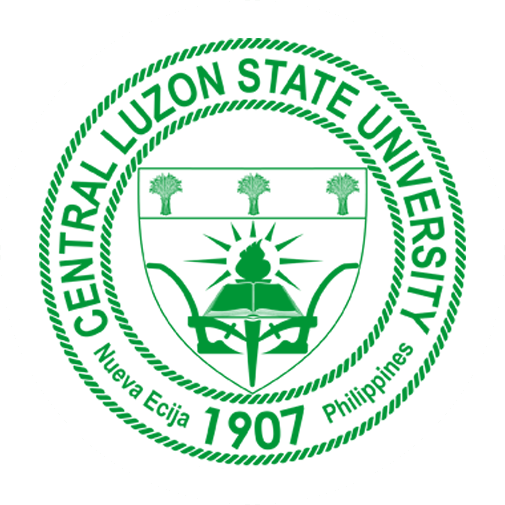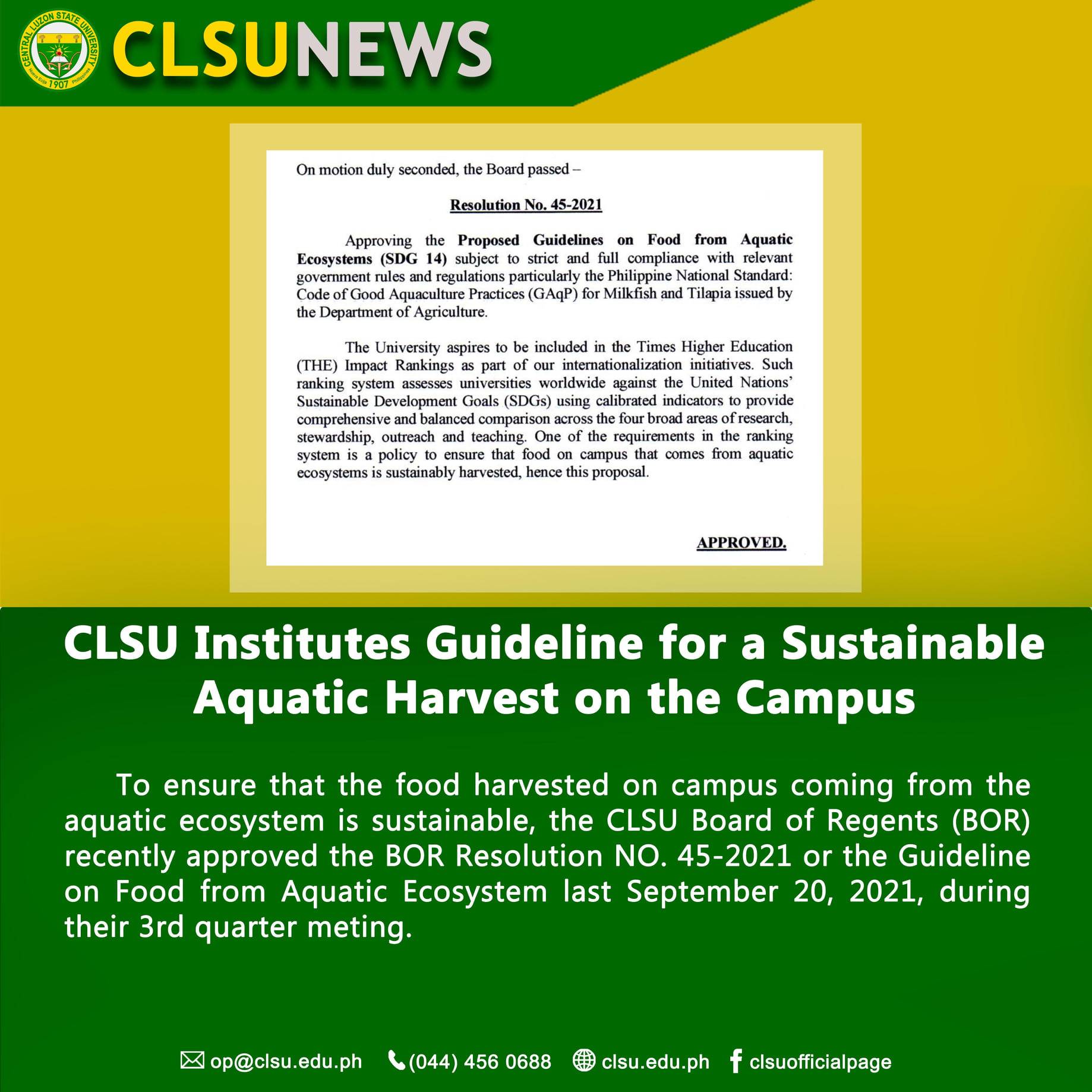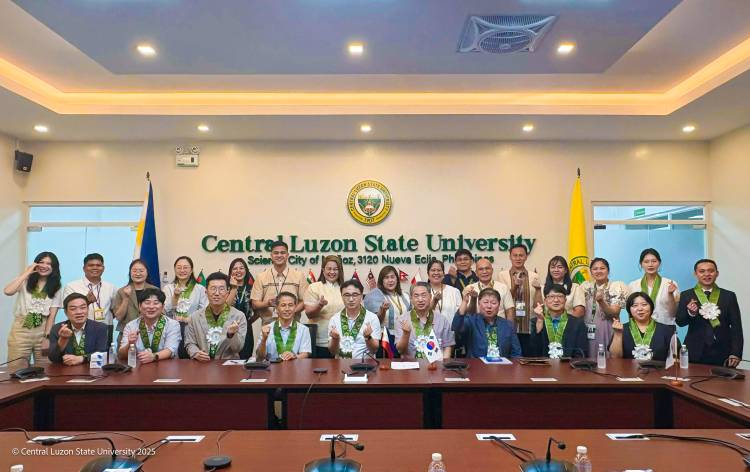CLSU Secures 10 Million Pesos HUSAY Grant, Signs MOA with CHED
The Central Luzon State University (CLSU) through the Precision and Digital Agriculture Center (PreDiCt), secured a 10-million peso fund from the Commission on Higher Education (CHED), through the Higher Education Upskilling and Study for Advancement of Staff and Faculty (HUSAY) Grant for the upskilling program dubbed SPECTRA: Smart, Precision, Enhanced Digital, and Climate-Smart Technologies for Resilient Agriculture. The program is funded under the Higher Education Upskilling and Study for Advancement of Staff and Faculty (HUSAY) Program. To officially mark the implementation of the approved program, Dr. Evaristo A. Abella, CLSU President, signed a Memorandum of Agreement (MOA) with Dr. Shirley Agrupis, CHED Chairperson, held today, December 15, at the Luxent Hotel in Quezon City, in conjunction with the 2nd National Teacher Education Summit. Endorsed by Dr. Ricmar P. Aquino, Chair of the CLSU Board of Regents and Commissioner of CHED, the said grant will provide a comprehensive capacity-building initiative for SUC faculty nationwide aimed at closing the gap where most have limited exposure to essential modern technologies like drones, remote sensing, Internet-of-Things (IoT) sensors, and Artificial Intelligence. The program, which will run for a year, is designed to provide intensive, hands-on training focused on smart, precision, digital, and climate-smart agriculture enabling the trainees to produce outputs such as drone maps, IoT monitoring plans, and institutional extension proposals. Present as witnesses were Dr. Jonathan V. Fabula, CLSU PreDiCt Director and program proponent, and Atty. Cinderella Filipina S. Benitez-Jaro, CHED Executive Director IV, and other officials. #SievingForExcellence







